A complete guide to Halls Creek, WA

Halls Creek is two towns. One, the modern Halls Creek, lies on the Great Northern Highway – Highway One – and is a predominantly First Nations community. In the 2016 census almost 70 per cent of the population identified as Aboriginal. This is the Halls Creek that services the surrounding pastoral industry and the tourism needs of passing travellers making the long journey across the Kimberley from Kununurra to Derby and Broome.
The other Halls Creek is a dry, unforgiving ghost town. In 1948 the original town was physically moved 15km to its present location. The translocation continued until the old township was finally abandoned in 1954.
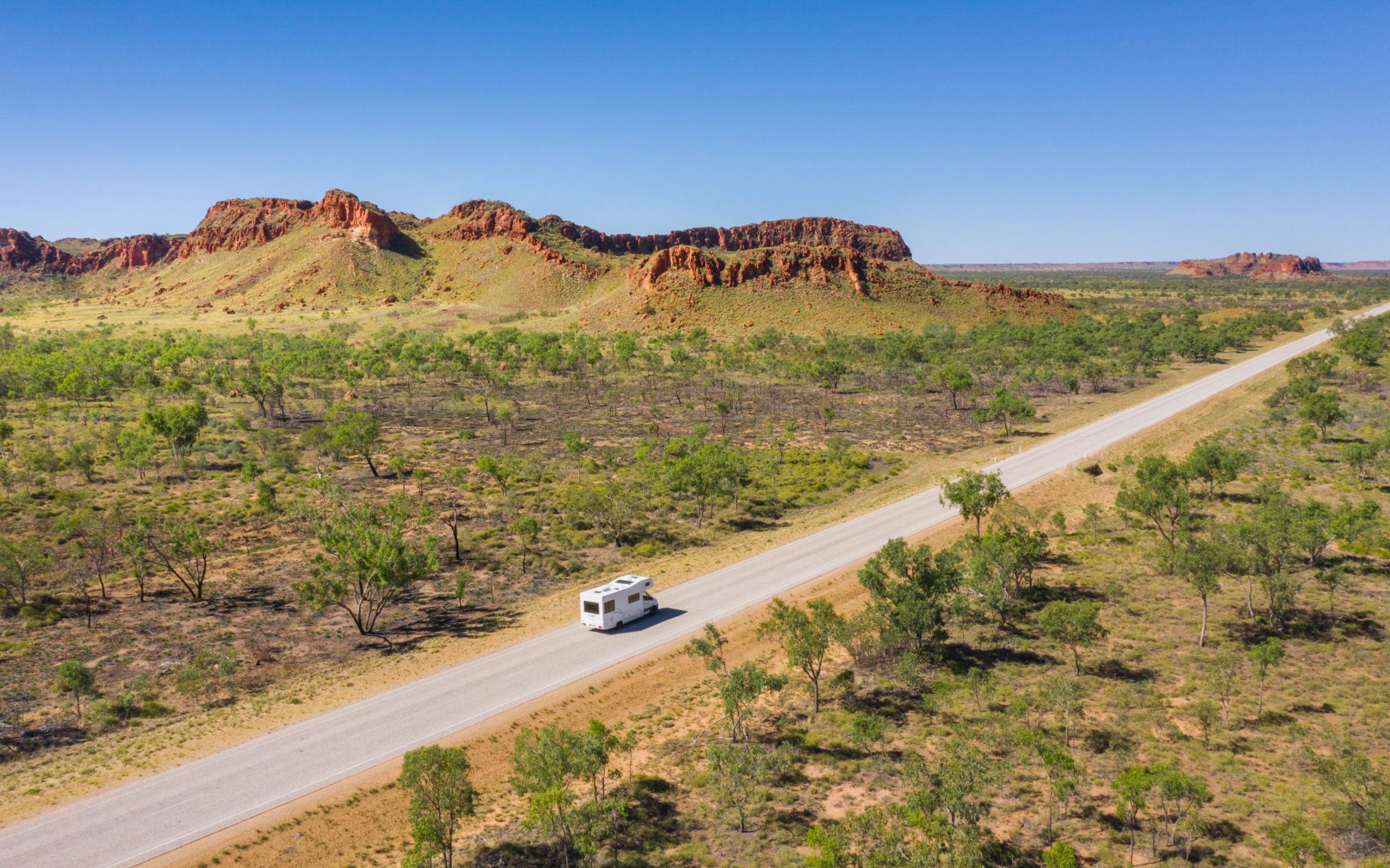
The main reasons for resettlement included a lack of water and the re-routing of the Derby–Kununurra Road, as the highway was then known, to avoid the need for traffic to wind through the hills around the old town.
Today, Halls Creek is a small settlement that services the ever-increasing passing trade with a hotel, motel, truck stop, supermarket and aerial tour operator who, departing from Halls Creek Airport, flies to the Bungle Bungles (in Purnululu National Park) and Wolfe Creek meteorite crater.
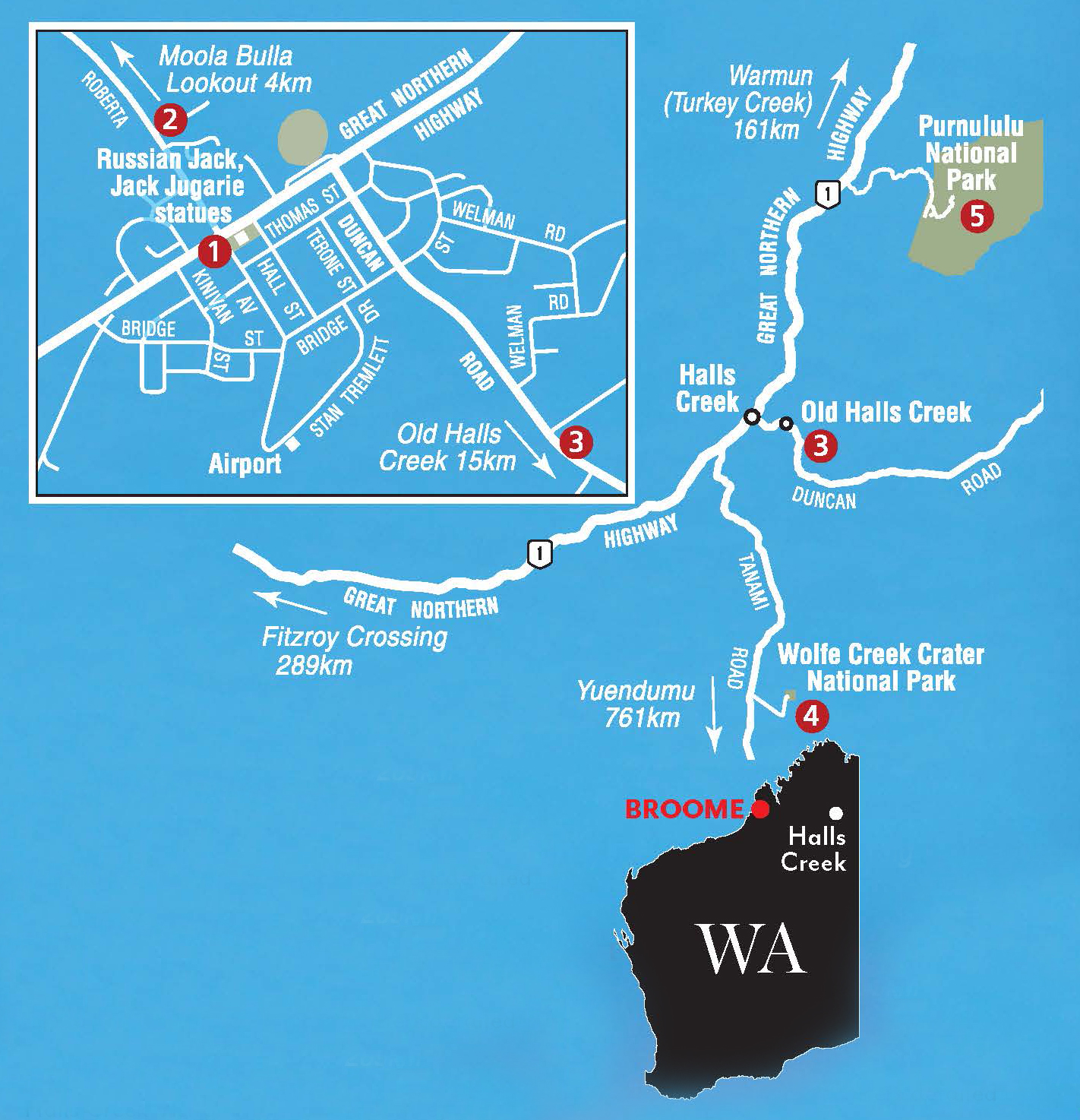
Location:
Halls Creek is in the heart of the Kimberley: 2965km north-east of Perth via the Great Northern Highway, 358km south of Kununurra, and 685km east of Broome. It is 422m above sea level.
Origin of Name:
In 1885 Charles ‘Charlie’ Hall and John ‘Jack’ Slattery sailed up the coast from Roebourne to Derby, then travelled up the Fitzroy River in search of gold. The town is named after Charlie, whose name was first applied to the creek on which he found gold.
Useful Websites:
Places of interest
1. Statues of Russian Jack and Jack Jugarie
A statue on the Great Northern Highway of Russian Jack (Ivan Fredericks) celebrates a local identity who, in 1886, pushed a wheelbarrow from Derby to the Halls Creek goldfield. Legend has it he found an exhausted prospector 50km from the goldfield and pushed him the final distance in the wheelbarrow.
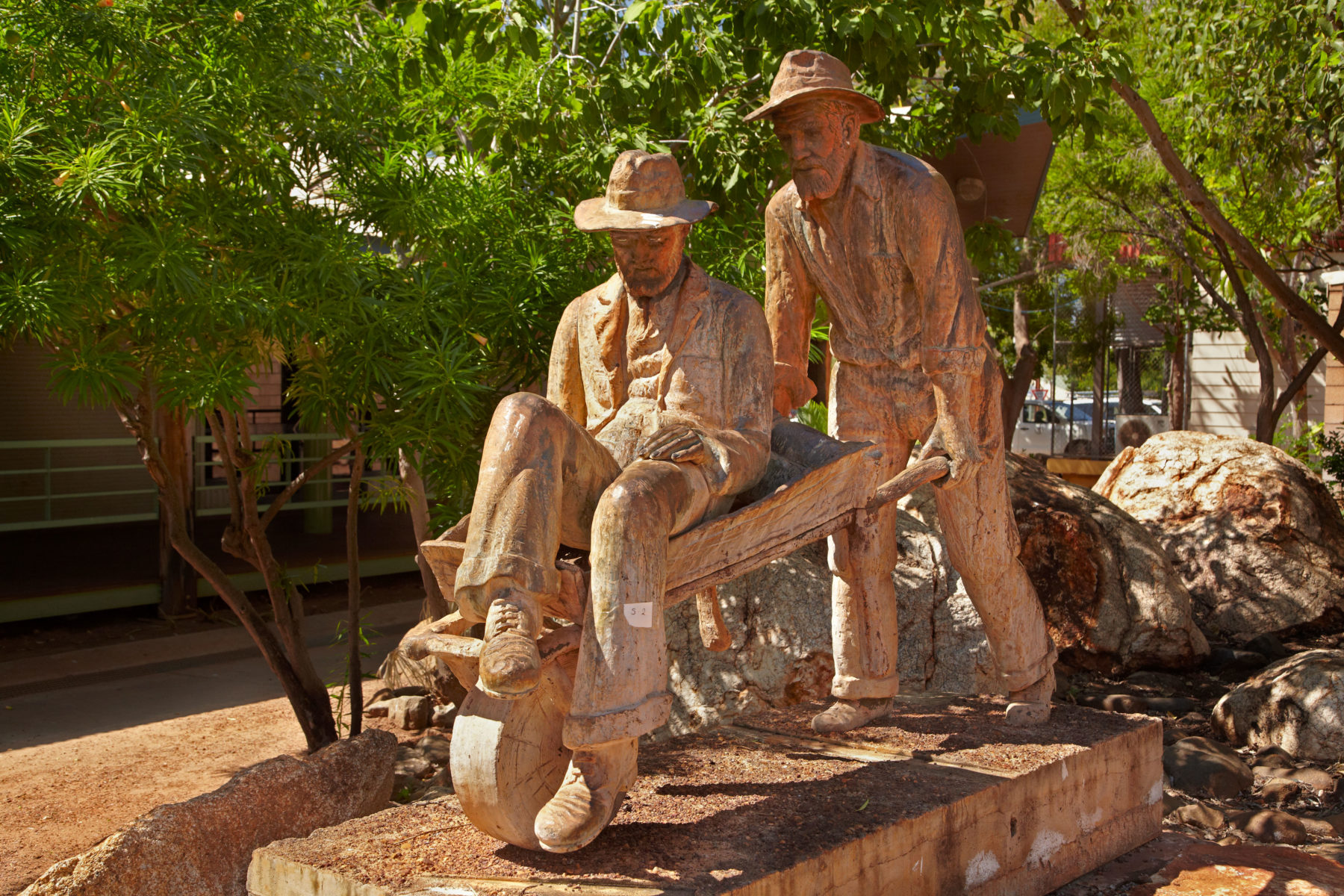
Also on the highway, in Memorial Park, is a statue of Jack Jugarie, a Jaru Elder who worked as a police tracker. Aged 70, he walked the 350km cross-country from Halls Creek to Wyndham, guided by stars and relying on traditional skills to find sustenance.
2. Moola Bulla Lookout
This lookout northwest of Halls Creek is important to the Jaru, Kija, Kukatja, Walmajarri and Gooniyandi peoples. It provides excellent views of the town and surrounding countryside, particularly at sunset, and can be accessed by driving 4km out of town on Roberta Avenue.
3. Old Halls Creek
It’s hard to imagine Old Halls Creek, 15km from the more recent town, was the site of WA’s first major gold discovery – in 1885. Today, it’s no more than remnants of buildings and some street signs.
There is a well that celebrates the discovery of gold in the area, a cemetery and the old mud brick post office, the ruins of which were covered in 2002 to preserve them from the ravages of the wet season.
4. Wolfe Creek Crater
Wolfe Creek meteorite crater is about 880m in diameter. Its mostly flat floor sits about 55m below the crater rim and some 25m below the sand plain outside the crater. It’s located 152km south of Halls Creek on the unsealed Tanami Road.
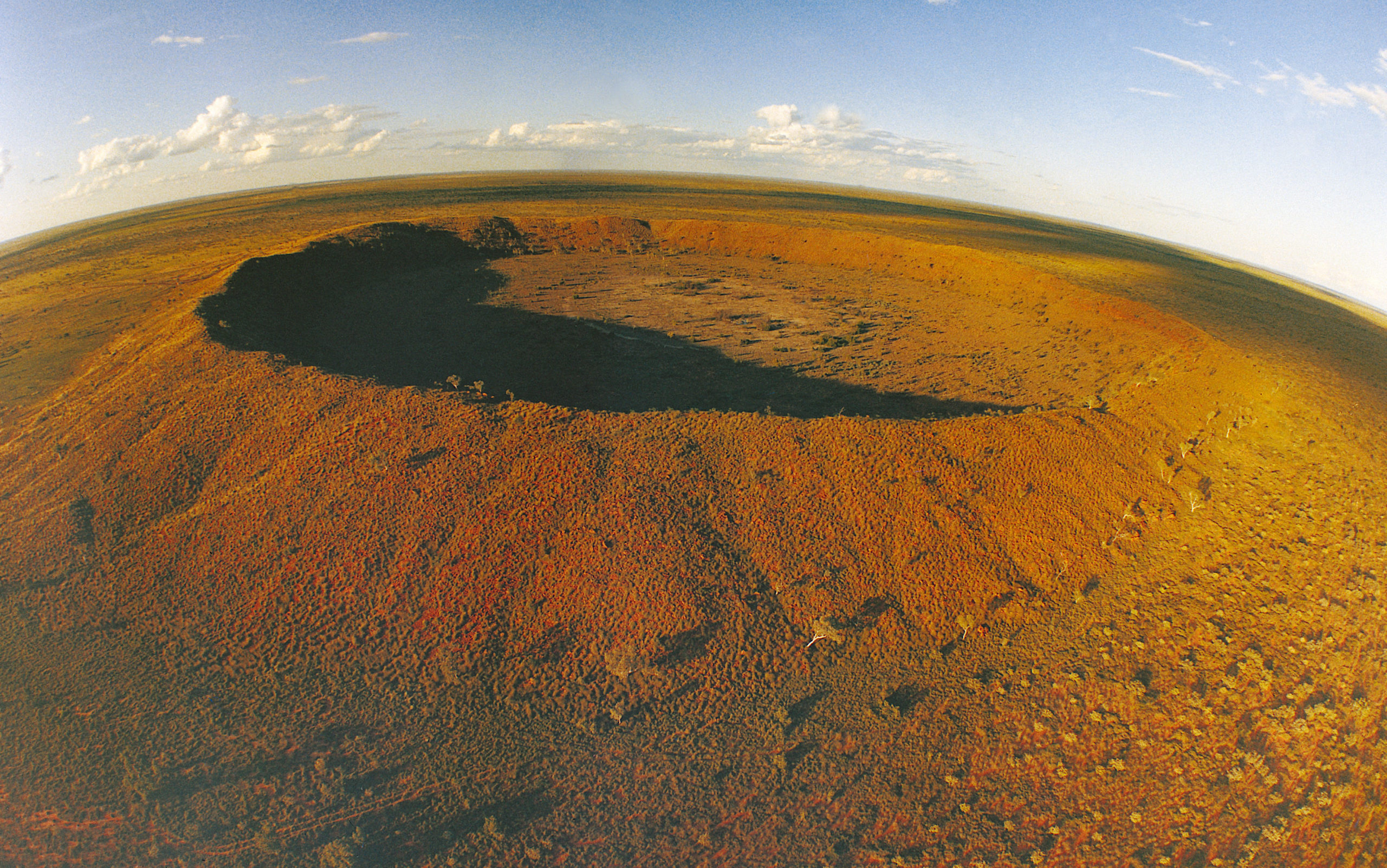
Traditional Owners believe the crater was formed when the Rainbow Serpent raised its head from the ground at the beginning of Creation.
The first Europeans to see the crater were Frank Reeves, N.B. Sauve and pilot Dudley Hart, who sighted it while carrying out an aerial survey of the area in 1947. Later that year, the three men reached the crater by land.
5. Bungle Bungle Range in Purnululu National Park
Located 150km north-east of Halls Creek, the Bungle Bungles are unique formations produced by 20 million years of weathering of sand and gravel layers laid down in a river 375–350 million years ago. Their strange horizontal bands are formed by (dark) layers of cyanobacteria (ancient single-celled organisms).
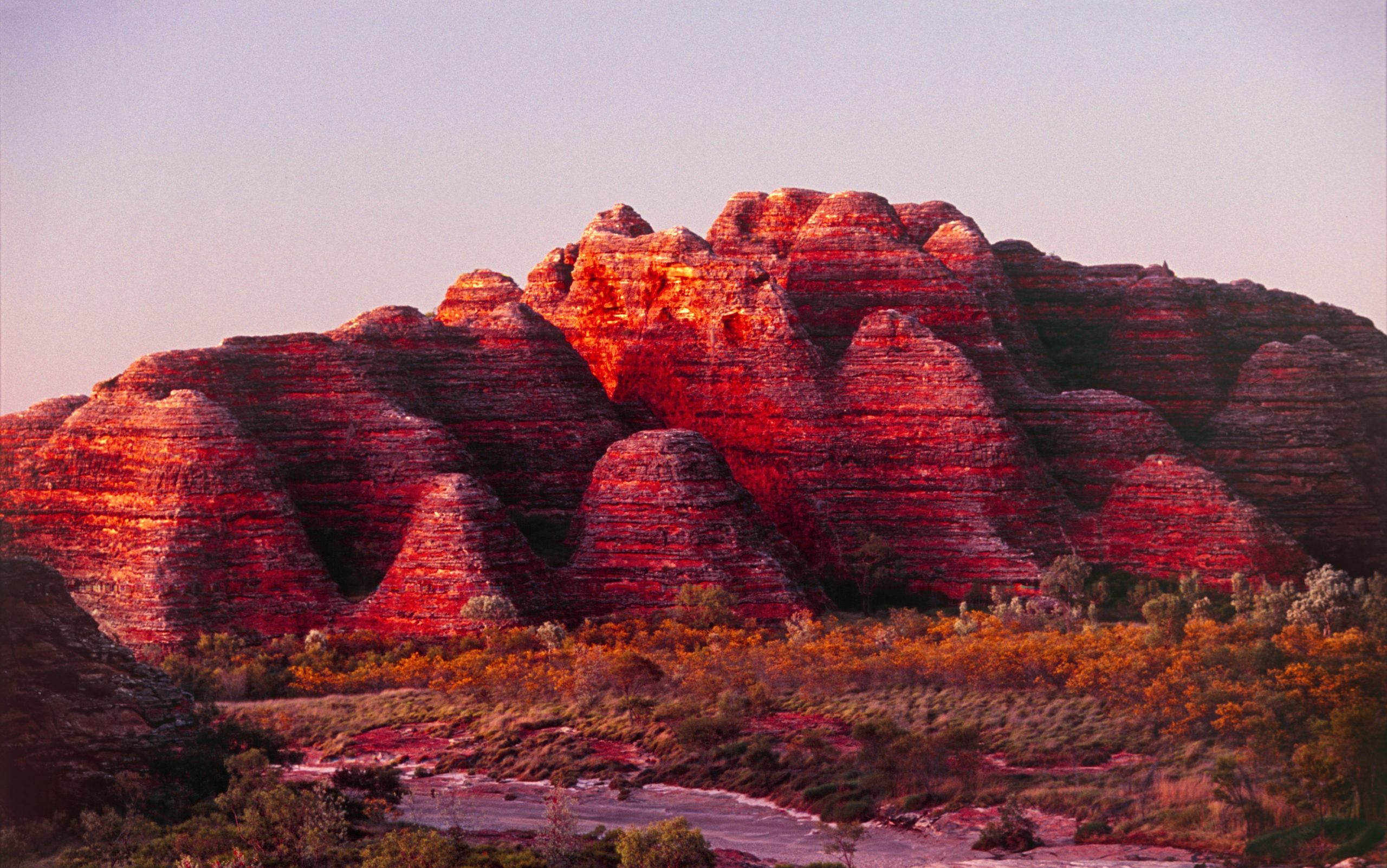
Purnululu is also a wonderland of Aboriginal rock art, huge gullies and dramatic caves. There are a number of walks through the gorges.
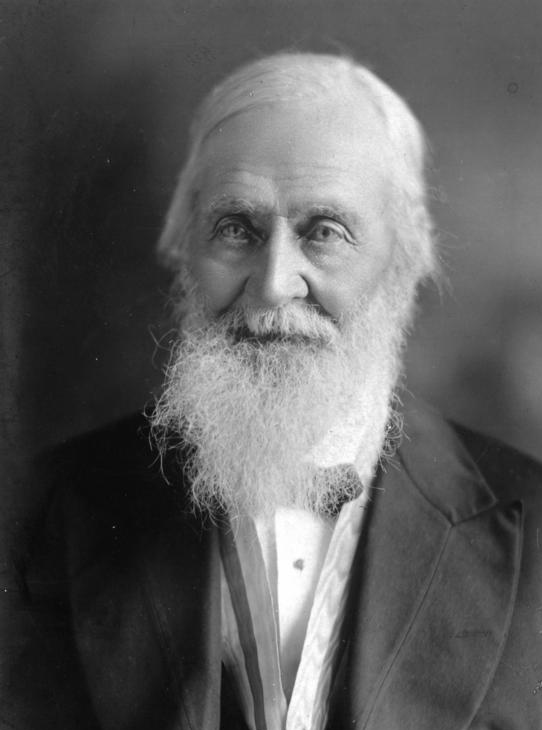
History
The area’s traditional owners are the Jaru, Kija, Kukatja, Walmajarri and Gooniyandi peoples.
In 1856 Augustus Charles Gregory (pictured) explored the area south of the town.
The first European to explore the region was Alexander Forrest in 1879.
Gold was discovered by Charlie Hall and Jack Slattery on 14 July 1885.
From 1885 to 1887 more than 10,000 men passed through the ports of Wyndham and Derby en route to the Kimberley goldfields.
An accident in 1917 involving local stockman Jimmy Darcy led to the eventual founding of the Royal Flying Doctor Service. Darcy was operated on by the local postmaster who was given instructions by a Perth doctor via Morse code.
In 1918 the Australian Inland Mission built a hospital in the town.
In 1948 Halls Creek was moved from its original site to its present location.
The old township was finally abandoned in 1954.
In 1980 Ernie Bridge, who’d been the local mayor, won the state seat of Kimberley and became the first Aboriginal member of the WA parliament.





